Education marketing strategies have become non-negotiable if you want your institution to be more than just another name on a list in 2025.
We’re past the point of a basic website and social media accounts that post occasionally.
Nowadays, prospective students are likely scrolling through TikTok, Instagram, and Facebook as you read this.
They’re swiping past hundreds of ads that are far more entertaining than your institution’s outdated brochure.
So, here’s the thing: if you want to build your brand, boost enrollments, and maybe convince someone to choose your campus over your competitor’s, you’ve got to step up your game.
A social media management tool can help you easily manage your educational marketing strategies and stay ahead of the game!
It’s time to get creative, use data-driven strategies, and connect with students where they’re hanging out—on social media.
Let’s learn how!
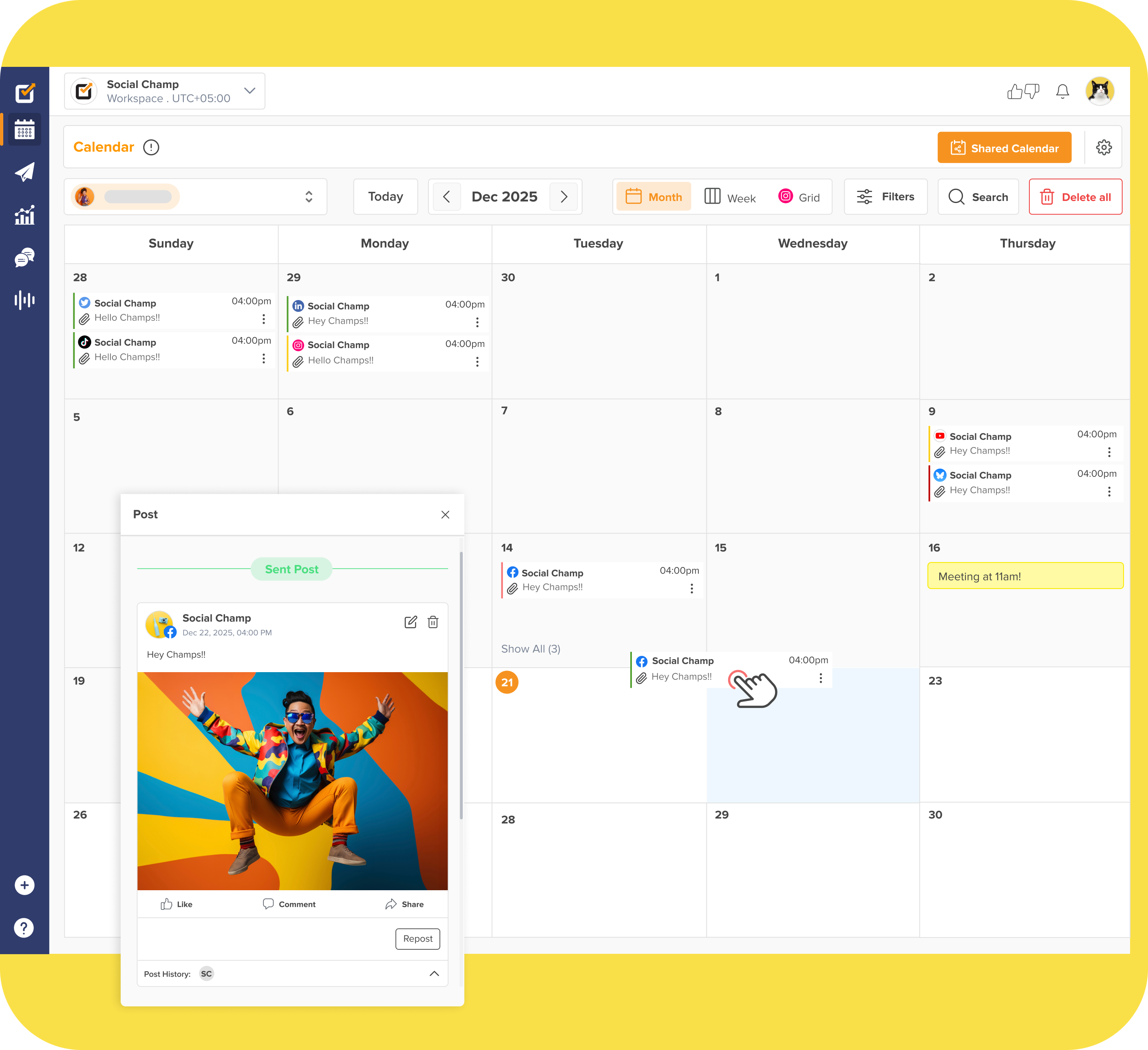
Struggling to Attract More Students?
Reach prospective students on Instagram, Facebook, LinkedIn, and more—all from one powerful platform. Automate posts, track analytics, and increase engagement.
Short Summary
- Education marketing is essential for standing out in a crowded academic landscape in 2025.
- Traditional methods like brochures are outdated; modern marketing leverages digital platforms, social media, and content creation.
- Institutions must adapt to the evolving online education marketing strategies to connect with prospective students where they are.
- Higher education marketing strategies should focus on SEO, paid ads, email campaigns, and engagement on social media platforms.
- Social media is key for student engagement, building brand loyalty, and showcasing campus life.
- Effective marketing strategies help increase student enrollment, enhance brand visibility, and foster long-term relationships with students.
What Is Education Marketing and Why It Matters
Education marketing refers to the strategies and tactics employed by educational institutions to promote their brand, programs, and services to prospective students, parents, and other stakeholders.
It encompasses various methods, including digital marketing, social media, content creation, email campaigns, and partnerships, all tailored to the unique needs of the education sector.
In the competitive world of education, marketing matters because it helps institutions stand out from the crowd.
With online education marketing strategies evolving rapidly, it is essential to adopt new approaches that resonate with the modern student.
Education marketing is no longer just about brochures and posters; it requires a comprehensive, integrated strategy.
By leveraging digital channels, institutions can attract prospective students and keep them engaged throughout their academic journey.
Top 15 Effective Education Marketing Strategies to Drive Results
The following 15 education marketing strategies can help drive results and accelerate growth for your institution:
-
Search Engine Optimization (SEO)
SEO is the most important part of any effective online marketing strategy.
By optimizing your website for search engines, you ensure that prospective students can easily find your institution when they search for relevant educational programs.
This includes using targeted keywords, creating high-quality content, improving site speed, and optimizing for mobile devices.
-
Content Marketing
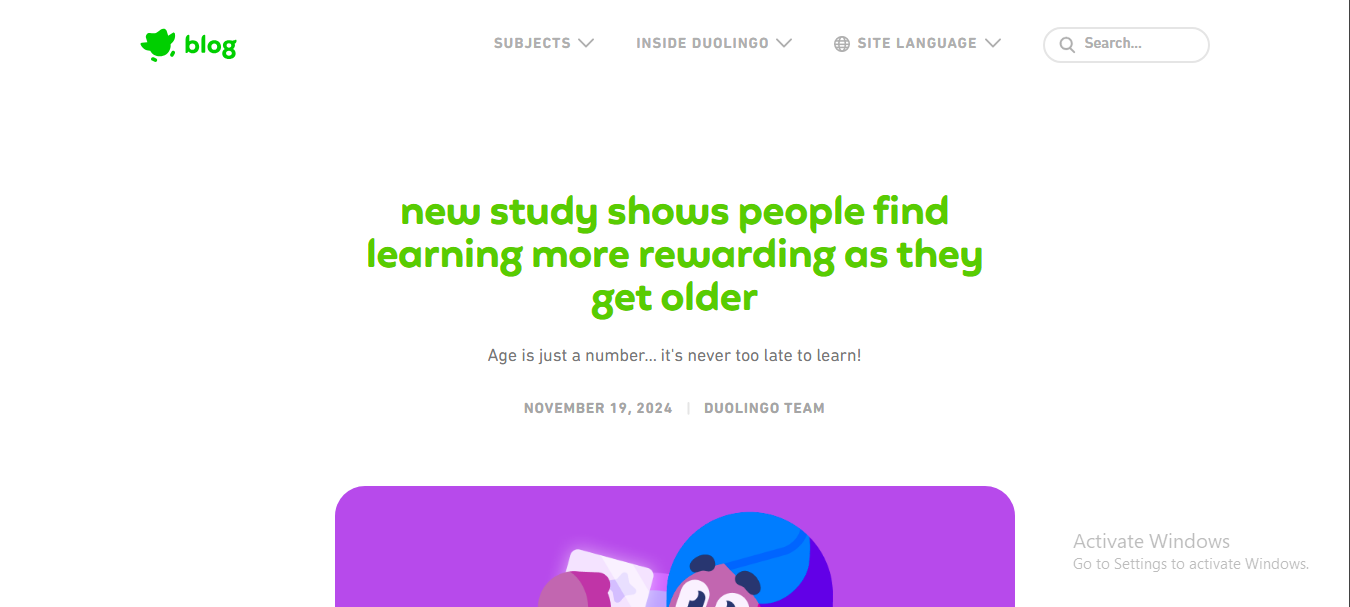
Blog post on Duolingo’s Website Content marketing is all about creating valuable, engaging, and informative content that speaks to your audience’s needs.
This could be in the form of blog posts, whitepapers, eBooks, video tutorials, or podcasts.
Offering helpful resources can build trust with prospective students and their families.
Sharing compelling content helps establish your institution as a thought leader, demonstrating expertise in various fields.
Well-crafted content can improve conversion rates and keep students engaged long after they first discover your institution.
Make sure your content is both student-focused and searchable to help them make informed decisions about their educational journey.
-
Social Media Campaigns
Social media is no longer just a platform for casual engagement—it’s a critical part of your education marketing strategy.
Platforms like Instagram, Facebook, X, and LinkedIn allow institutions to connect with a wide audience of prospective students and create a community around their brand.
Posting regular updates, student success stories, program highlights, and behind-the-scenes glimpses of campus life creates a personal connection with potential students.
Social media also allows for real-time interactions, helping to build brand loyalty and keep students engaged.
As students are increasingly looking to social media to inform their decisions, maintaining an active presence is non-negotiable.

Struggling to Attract More Students?
Reach prospective students on Instagram, Facebook, LinkedIn, and more—all from one powerful platform. Automate posts, track analytics, and increase engagement.
-
Paid Advertising
Paid advertising is a powerful way to expand your institution’s reach.
You can target specific demographics based on interests, age, location, and behavior by running ads on Google, Facebook, Instagram, and other platforms.
Customized ads help you attract students actively searching for educational programs, ensuring your ad spend delivers maximum value.
They boost visibility and drive targeted traffic, increasing the likelihood of conversions, such as program inquiries or campus tours.
With the right targeting, paid ads can provide a high return on investment and help you scale your recruitment efforts.
-
Email Marketing
Despite the rise of social media and other marketing channels, email marketing remains one of the most effective ways to nurture leads and convert prospective students into applicants.
Personalized email campaigns enable you to deliver customized content to specific audience segments.
From program details and application deadlines to open house reminders, email marketing ensures your institution stays top of mind and engages effectively with prospective students.
Automated email sequences can nurture leads over time, guiding them through the decision-making process and ultimately boosting your enrollment numbers.
-
Video Marketing

Video Content Example on Instagram Video content is one of the most engaging types of media, especially for younger audiences.
From virtual campus tours to program overviews and student testimonials, videos can give prospective students an immersive look at what your institution has to offer.
Videos help to humanize your brand and make it easier for students to envision themselves on your campus or in your online learning environment.
Incorporating video into your website, social media, and email marketing efforts can greatly increase engagement and conversion rates.
In a world where short-form video is dominating, platforms like YouTube, TikTok, and Instagram Reels should be part of your strategy.
-
Influencer Partnerships
Influencer partnerships are an effective way to tap into new audiences and boost your institution’s credibility.
By partnering with influencers, particularly alumni or current students with large online followings, you can leverage their personal experiences to promote your programs.
Influencers can share their journey, highlight program benefits, and show why your institution is a great choice.
Their endorsement can have a huge impact, especially if their followers are prospective students who trust their opinions.
These partnerships can broaden your reach and help you connect with potential applicants more authentically.
-
Student Ambassadors
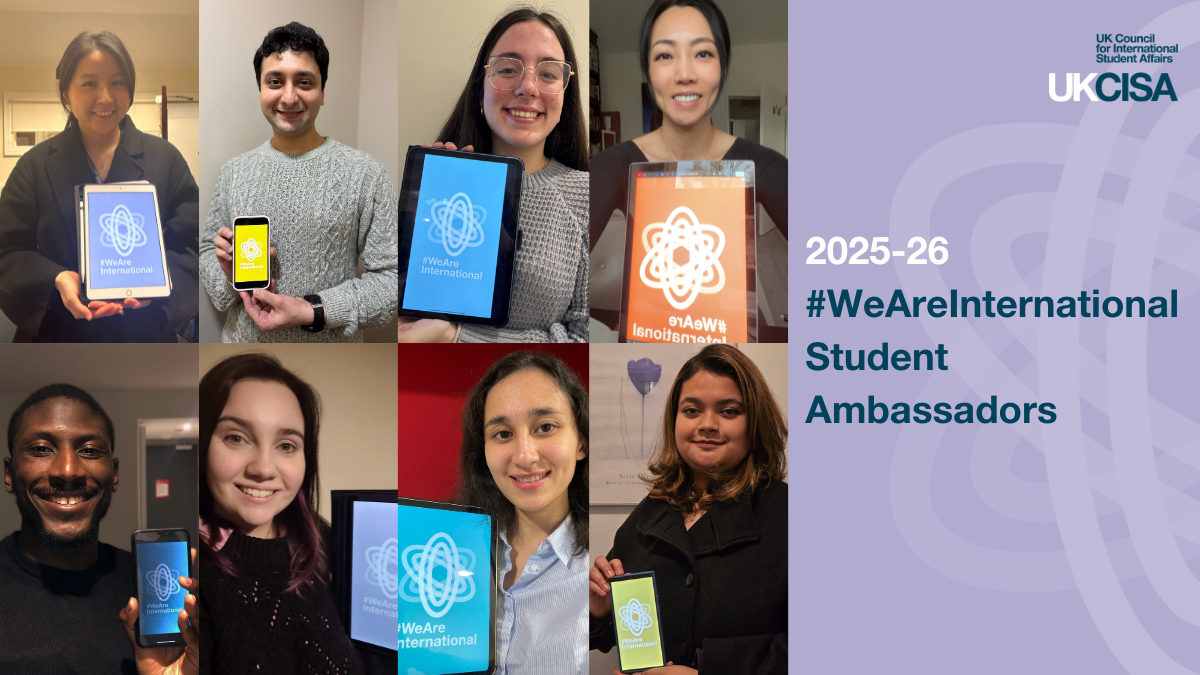
UK Council for International Student Affairs’ Web Page Student ambassadors are your institution’s most effective advocates.
These current students connect with prospective students by sharing their experiences in relatable and authentic ways.
Hosting webinars, writing blog posts, or leading virtual campus tours help future students engage meaningfully with your institution.
Prospective students are more likely to trust the perspective of their peers than marketing materials, so student-led content plays a critical role in building trust and engagement.
Training a group of passionate student ambassadors can significantly enhance your marketing efforts.
-
Alumni Engagement
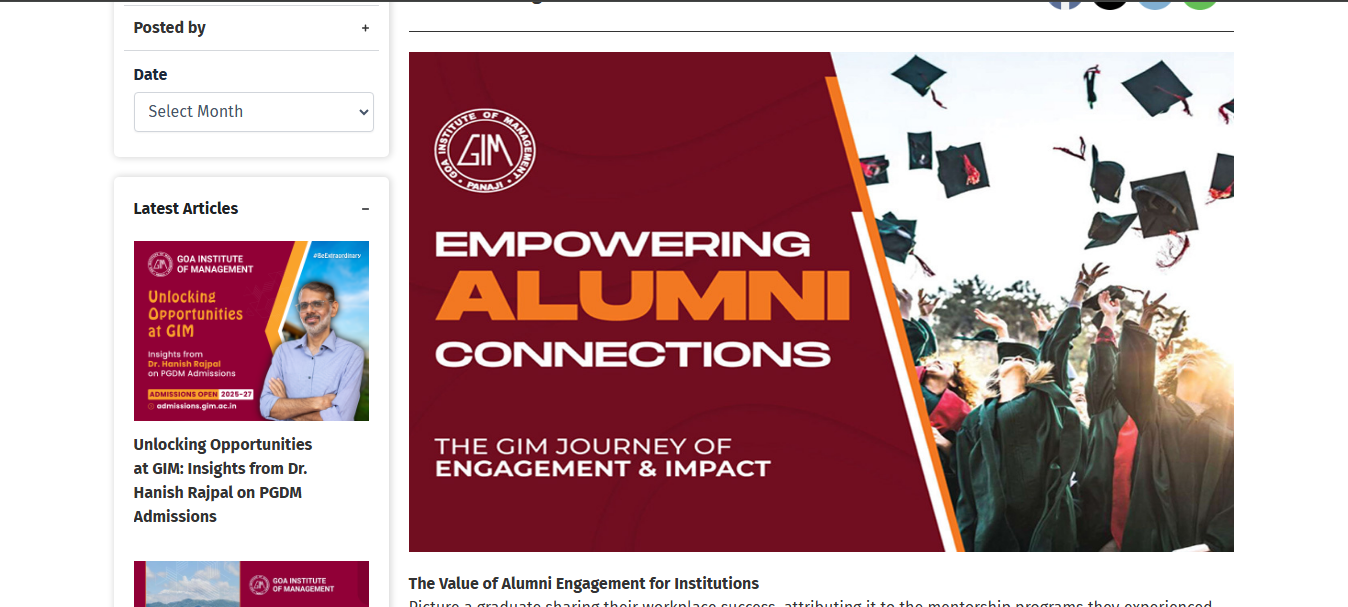
Example of Alumni Engagement Your alumni network is one of your most valuable assets.
Alumni can serve as powerful brand advocates, sharing their success stories and demonstrating how your institution prepared them for their careers.
By engaging with alumni, you can create word-of-mouth marketing that’s highly effective in attracting prospective students.
Hosting alumni events, maintaining an active alumni database, and encouraging alumni to participate in mentorship or career services programs are excellent ways to keep alumni engaged.
Their endorsements and personal stories can resonate with future students and make your institution seem more accessible and relevant.
-
Program Partnerships
Forming partnerships with other educational institutions, businesses, or community organizations can increase your institution’s visibility and expand its reach.
Cross-promoting programs, sharing resources, or participating in joint initiatives can allow you to tap into different markets.
For example, partnering with local businesses for internships or collaborative research projects can help attract students looking for practical experiences.
These partnerships can also help build credibility and attract students who might not have otherwise considered your institution.
-
Interactive Content
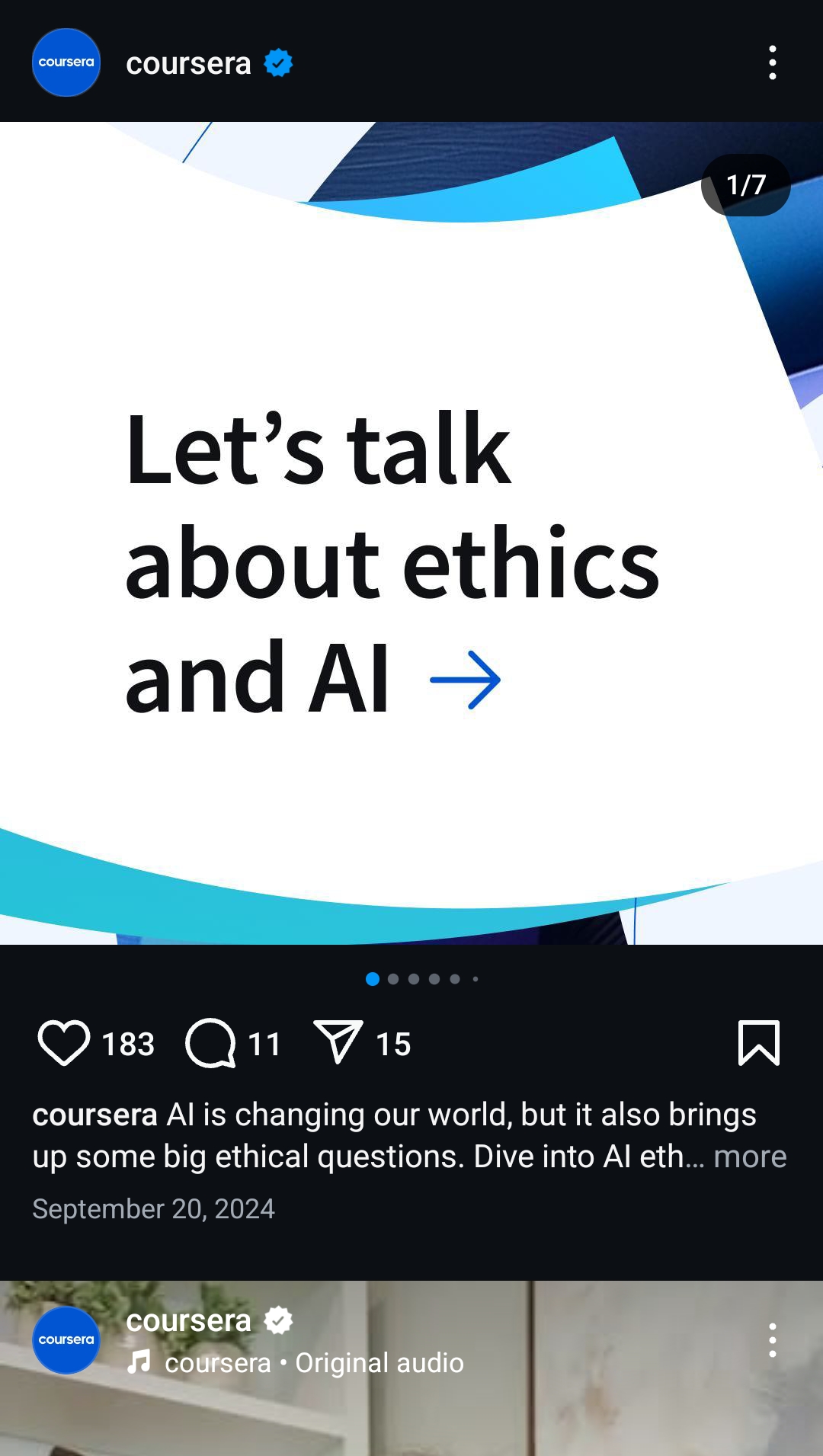
Example of Interactive Content on Instagram Interactive content such as quizzes, assessments, and surveys is a fun and engaging way to educate prospective students about your programs.
Offering personalized results based on responses can give students custom insights into which programs may be the best fit for their goals and interests.
Interactive content can also encourage greater engagement and participation, keeping prospective students on your website longer.
For example, it can be a quiz to find out which major suits them best or an interactive campus map, etc.
In short, these tools help students feel more connected to your institution and can improve the chances of conversion.
-
Local Community Engagement
Your local community is an important audience that may be overlooked when focusing only on national or international recruitment.
Engaging with the local community through events, sponsorships, or scholarships helps increase your visibility and build a loyal local following.
Offering scholarships or internships to local students or hosting community outreach events can let you show your commitment to supporting your community.
This can help cultivate strong relationships and attract students who want to stay close to home or are familiar with the institution.
-
Mobile Optimization
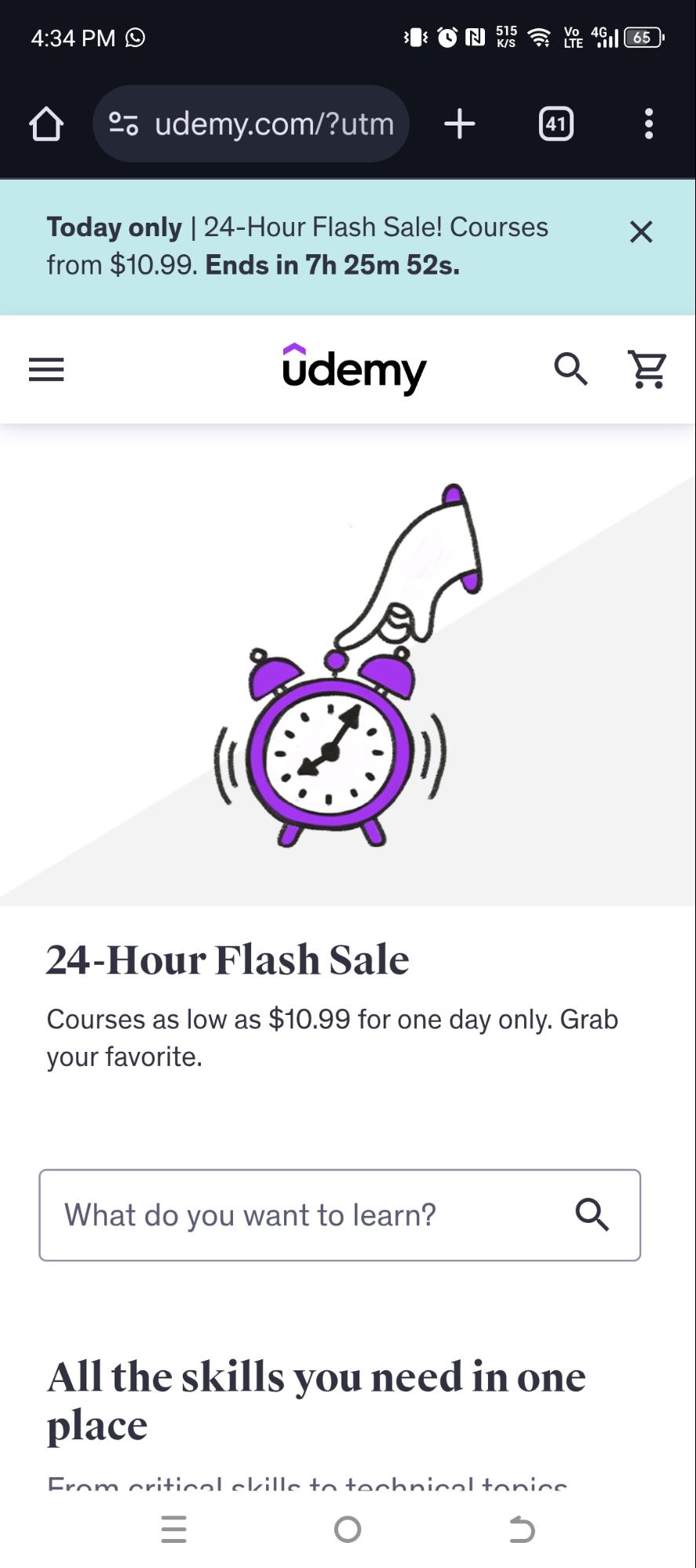
Example of Udemy’s App on a Phone In an increasingly mobile-first world, your institution’s website and digital content must be fully optimized for mobile devices.
Prospective students research, apply, and interact with institutions from their smartphones, so a mobile-friendly experience is essential.
This means fast loading speeds, easy-to-navigate menus, and content that adjusts well to various screen sizes.
A mobile-optimized site makes it easier for students to access important information, complete applications, and stay engaged, regardless of the device they’re using.
-
Online Reviews and Testimonials
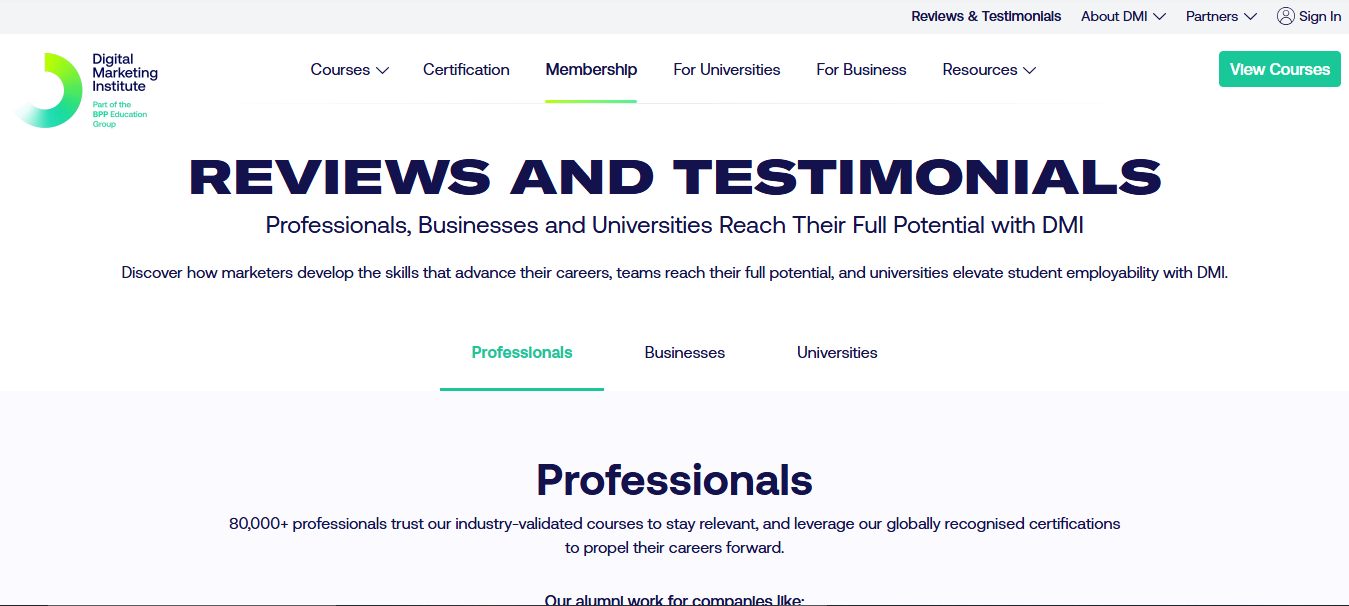
Reviews & Testimonials on Digital Marketing Institute Online reviews and testimonials play a significant role in the decision-making process for prospective students.
Positive reviews can provide social proof, which builds trust and confidence in your institution.
Encourage current and past students to leave reviews on platforms like Google, Trustpilot, or even your website.
Testimonials can showcase your institution’s strengths and provide authentic, firsthand accounts of student experiences.
Whether it’s about the quality of the programs or the campus life, student testimonials offer a unique, relatable perspective that can resonate with prospective students.
-
Branding and Visual Identity
Your institution’s branding and visual identity are vital for making a lasting first impression.
From your logo and website design to your social media profiles and print materials, consistency is key.
A professional, cohesive visual identity helps your institution stand out in a crowded market and fosters trust.
Whether it’s the color scheme, the tone of your messaging, or the design of your website, everything should align with your institution’s mission and values.
A strong brand identity also makes your institution more recognizable and easier to remember, increasing the likelihood that students will engage with your content and ultimately apply.
How Social Champ Simplifies Social Media for Education Marketing
Staying on top of your content and engagement is essential for social media marketing success.
Social Champ is a powerful tool designed to help educational institutions streamline their social media efforts.
It simplifies scheduling, enhances analytics, and drives engagement, making it an indispensable tool for education marketing strategies.

- Scheduling: Social Champ allows you to schedule posts in advance, ensuring a consistent online presence across all platforms. Whether you’re promoting a new program, showcasing campus events, or sharing student stories, scheduling ensures timely and efficient content distribution.
- Analytics: Understanding the performance of your social media campaigns is crucial for improvement.
Social Champ provides in-depth analytics that help you track engagement rates, audience demographics, and content performance. This valuable data allows you to refine your strategy and drive better results. - Engagement: Social Champ’s features support real-time engagement with your followers. Responding to comments, liking posts, and sharing content can help build a strong community around your institution. Engaged followers are more likely to become students and share your content with their networks.
Incorporating Social Champ into your higher education marketing strategy can simplify social media management.
This gives you more time to create engaging content and build relationships with prospective students.

Want to Engage More Students Without the Hassle?
Stay active on social media and schedule, analyze, and optimize content to attract students and build your brand with ease.
Featured Article: Leveraging Social Media in Education: Strategies and Tools for 2025
Measuring and Improving Your Education Marketing Strategy
To continuously improve your education marketing strategies, it’s essential to measure the effectiveness of your efforts.
Key performance indicators (KPIs) such as website traffic, enrollment numbers, social media engagement, and email open rates should be regularly monitored.
- Data Analysis: Analyzing the data from your marketing efforts helps you identify what’s working and what needs improvement.
Tools like Google Analytics, social media insights, and email marketing platforms provide valuable data to refine your strategy. - A/B Testing: A/B testing allows you to compare different versions of your marketing content to determine which performs better.
Test different subject lines, ad formats, or landing pages to optimize your strategy and boost conversion rates. - Student Feedback: Collecting feedback from current students can provide valuable insights into how your marketing efforts resonate with your target audience.
Use surveys and focus groups to understand what attracted them to your institution and where your marketing can improve.
Conclusion
In a nutshell, education marketing strategies are vital for driving growth and increasing student enrollment in 2025.
Educational institutions can effectively connect with prospective students by adopting a comprehensive approach that integrates SEO, content marketing, social media campaigns, and partnerships.
Leveraging platforms like Social Champ for social media scheduling and analytics further simplifies the process, enabling institutions to engage their audience and enhance their overall marketing efforts.













